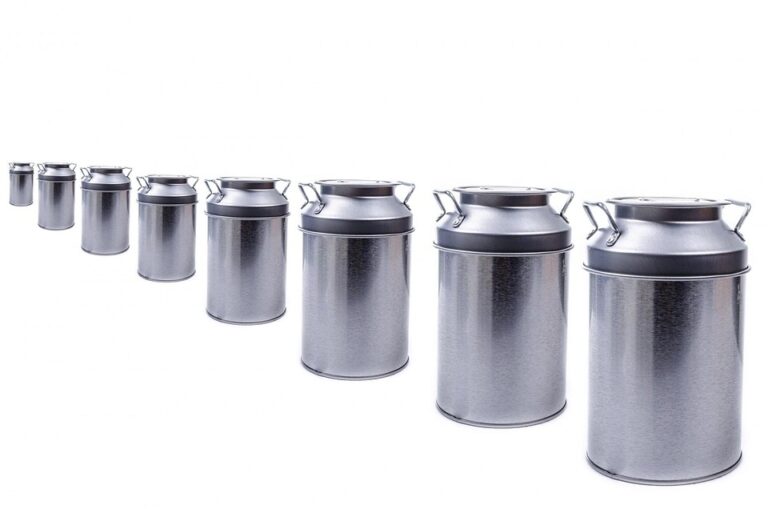
In the realm of temperature monitoring, the humble thermometer stands as an indispensable tool, a bridge between mere conjecture and precise measurement. Whether one is a culinary enthusiast, a healthcare professional, or simply someone who wishes to ensure their environment is just right, understanding the specifications of thermometers can elevate the experience tremendously.
Consider the types of thermometers available. Digital, infrared, liquid-in-glass, or bimetallic—each serves a distinct purpose. Digital thermometers, for instance, offer swift readings and often come packed with features such as memory recall and backlit displays. On the other hand, infrared thermometers allow for non-contact measurements, making them invaluable in scenarios where hygiene is paramount. Such diversity in design and function provides a plethora of choices, yet it can also lead to confusion.
Accuracy stands at the forefront of thermometer specifications. A device that boasts a mere ±0.1°C may be perfect for laboratory conditions but might be overkill for a simple home cooking scenario. Consider the context in which you’re measuring: a more forgiving tolerance might suffice in the kitchen, while a healthcare setting demands stringent accuracy. It’s worth noting that factors such as calibration and the environment can influence the reliability of readings, making it crucial to choose a thermometer that aligns with your specific needs.
Equally important is the response time of a thermometer. Some devices register temperature in mere seconds, while others might take longer. For instance, a quick-reading digital thermometer can be a godsend when one is awaiting the results of a feisty chicken roast, whereas a more leisurely bimetallic thermometer might be suited for a slow-cooked stew, allowing flavours to meld without the interruptions of constant checking.
Further delving into the specifications, one encounters the measurement range—how hot or cold can the thermometer accurately assess? This is particularly pertinent in fields such as brewing or laboratory experiments, where slight variations can mean the difference between success and failure. A thermometer capable of measuring from -50°C to 300°C offers versatility that could be ideal for both professional and home use alike.
Let’s not overlook the ease of use and maintenance. A thermometer that is cumbersome to operate or difficult to clean can quickly become a source of frustration. Features like waterproof designs and easy-to-read displays enhance usability, ensuring that the user experience is as pleasant as the results are accurate.
When considering portability, the design and construction of the thermometer also come into play. A sleek, lightweight model that fits easily into a pocket is a boon for outdoor activities, while a sturdier, more robust design might be better suited for a bustling kitchen environment.
In summary, whether you are measuring the temperature of your child’s forehead, checking the doneness of a roast, or ensuring that your home brewing maintains the perfect conditions, selecting the right thermometer based on its specifications is paramount. To navigate this landscape effectively, one must consider accuracy, response time, measurement range, and usability—each aspect interwoven to create a tool that is not only functional but also a pleasure to use.
As you embark on your journey of temperature monitoring, remember that knowledge is your ally. BargainsTrust continues to bring you a wealth of curated information, ensuring that you have access to the finest products available. Whether it’s a simple kitchen gadget or a sophisticated medical device, we’re here to help you make informed choices that enhance your daily life.







